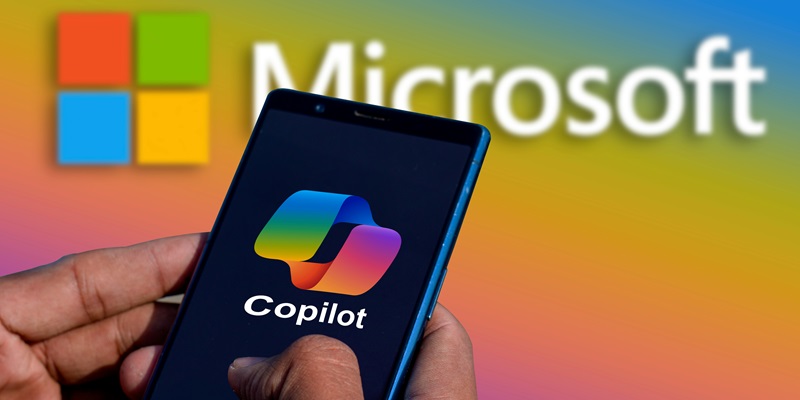Microsoft is pioneering a more seamless integration of technology with daily life through advancements like its AI assistant, Copilot, which is set to introduce an innovative “hover experience” within Windows 11. This leading-edge functionality is a testament to the evolving relationship between humans and their computing devices. By implementing an interface that reacts to hovering gestures, Microsoft propels the user experience into a realm of heightened intuitiveness, diminishing the friction between intention and action. As users navigate through their digital environments with more ease than ever, Copilot’s AI becomes a more transparent layer, facilitating tasks without the need for physical clicks or taps. Such developments don’t just represent minor enhancements; they are indicative of the tech industry’s ongoing journey towards creating devices that understand and adapt to user behavior effortlessly. This enhancement is also a step towards eliminating the traditional barriers that have historically made personal computing an active task, streamlining interactions to be more fluid and natural.
Streamlining User Interaction with AI
Copilot Accessibility at Your Fingertips
Microsoft’s innovative approach to AI in Windows 11 is arguably revolutionizing how users interact with their PCs. The hover experience is a significant breakthrough because it allows users to engage Copilot without a single click—a subtle, yet impactful, enhancement in reducing friction and streamlining the user interface. This experience is a stepping stone toward the futuristic vision of AI integration seamlessly woven into our daily computing tasks, ensuring that the technology adapts to users, rather than the other way around.
The immediate accessibility of Copilot via a simple mouse hover reflects Microsoft’s dedication to creating non-intrusive, yet highly accessible AI tools. This user-centric design illustrates the company’s foresight in recognizing the importance of efficient and effortless access to advanced technology. As AI becomes an intrinsic part of our digital lives, Microsoft’s hover experience may set a new standard for how we expect to interact with intelligent systems moving forward.
User-Centric Design Philosophy
Windows 11’s hover experience reflects the system’s cohesive design, a deliberate choice by Microsoft to foster a familiar user interface. This consistency across widgets and features highlights the tech giant’s commitment to a user-centered design approach. The incorporation of AI tools like Copilot into this environment is a strategic move, aimed at providing users with non-disruptive support as they navigate the operating system.
Microsoft’s efforts to seamlessly blend Copilot within Windows 11’s framework is indicative of a broader initiative to ensure that AI not only advances in capability but also integrates naturally with user behavior. The update sets a new standard for ergonomic digital design, emphasizing the need to enhance user interactions and make technology more accessible. This direction points to a growing industry trend where AI is expected to be both sophisticated and user-intuitive, transforming the way users interact with their devices.
AI Integration: The Future of Computing
Microsoft’s Leap in AI Integration
Microsoft is actively expanding the horizon of AI within operating systems. The advent of the Copilot hover experience marks a pivotal moment in AI integration, serving as an example of the tech giant’s commitment to pioneering user-friendly AI solutions. As computing increasingly intersects with AI, Microsoft’s endeavor demonstrates an ingrained understanding that the future of operating systems will heavily rely on AI-led functionalities.
The Windows 11 Insider Preview Build 22635.3276, which brings the hover experience to the Windows Insiders in the Beta Channel, is currently in the spotlight, not for introducing a plethora of features, but for its singular, standout change that has the potential to alter user interactions significantly. In addition to this feature, Microsoft continues to refine its system with fixes and updates, showcasing a holistic development approach toward integrating AI in the operating system milieu.
AI’s Role in Everyday Computing
In the landscape of modern computing, the role of AI is becoming increasingly indispensable. Microsoft’s Copilot and its hover experience on Windows 11 is a clear indication of the strategic direction the company is taking toward embedding AI into everyday computer tasks. In a world where efficiency and convenience are key, the company’s focus on creating intuitive and less cumbersome user experiences is both timely and essential.
The continuous push toward AI integration is a notable aspect of Microsoft’s product evolution. The introduction of such features is aimed at enhancing the overall user experience by providing tools that anticipate and adapt to user needs. This shift towards AI accessibility showcases a future where interactions with computing devices are more natural, fluid, and responsive to users—an ambition that aligns closely with the broader trends of the tech industry at large.

